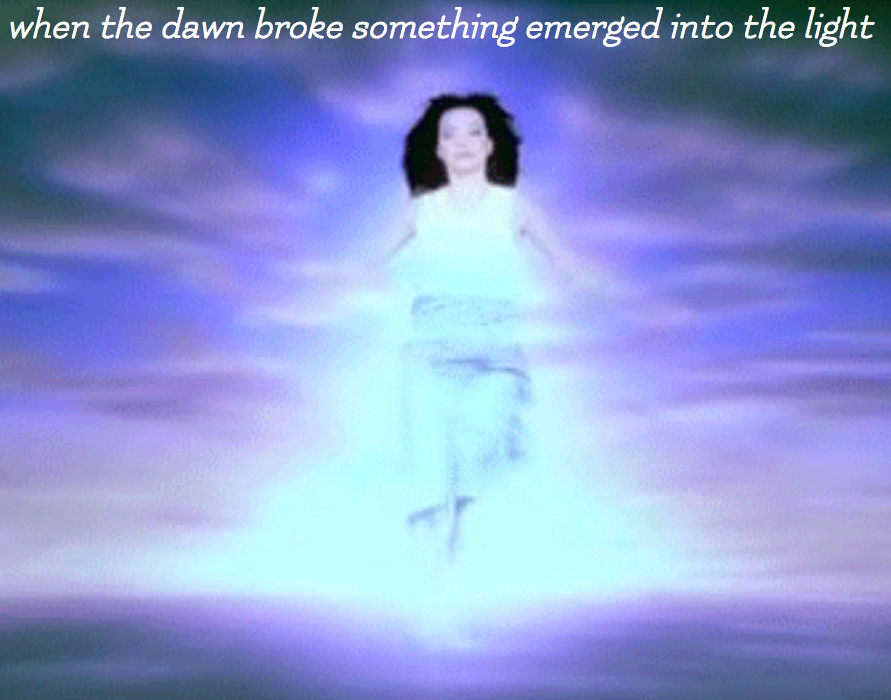In the Woods: A Moving Picture
“I had found myself alone in the woods. I was feeling a little lost out there. Sometimes the loneliness was fine but usually the pain was unbearable and life felt terrible, too long, and meaningless. Eventually, I met a man out there. We began to walk to walk together. We began to fall in love. We walked arm in arm and everything was perfect until it wasn’t. Something was splitting growing twisted inside us it started to spill out. I grew afraid of him. I could feel him hunting me. One night while he slept I listened to his breathing in out in out in out and when it got long and deep I gathered my things and left him sleeping there walking quietly as I could there was no moon and no light and I slipped into the darkness alone maybe I could blame it on him maybe I could say he was a bad man poisonous at his core an irrefutable darkness but there was darkness in me too together the darkness just swallowed too much it made it impossible to breathe it made it impossible to be good made it impossible for me to see myself. When the dawn broke something emerged into the light. I heard beauty in the emptiness. A quiet strength sprung new in me. Wild forests on fire all around me wild forests weaved into my home the wild forest inside my heart meant I never needed to be afraid meant I was wrong about being alone.”
Because “In the Woods” is an excerpt from Juliet Escoria’s print book, I wanted to compare a traditional reading experience to the moving picture book by writing out the text. Just reading the bare words makes me realize how much more the digital animations, gifs, music, and typography add to the story. Part of the plot that I would have overlooked became extremely significant when a visual aid drew my attention to its complexity. The background music, combined with the animation, engrossed my senses and made me engaged in a story that had hardly any action. Even the representations of the text made a difference; Escoria broke up her sentences into smaller pieces, forcing her audience to dwell on their content a while longer. Still, I can’t help but notice a difference between the moving picture book and most of the other electronic literature pieces we’ve examined. “Into the Woods” is a controlled experience. The visuals and music guide the audience’s emotions and responses, illustrating for us what we should feel and envision. Besides the pressing of the button to "turn the page," there is no physical interaction between the person on their device and the digital piece. The audience does not get to make their own ending; rather, Escoria ensures that we arrive at the same place.
